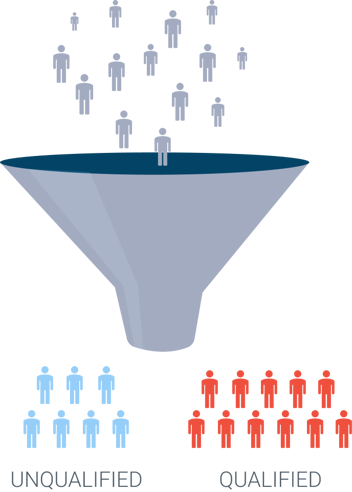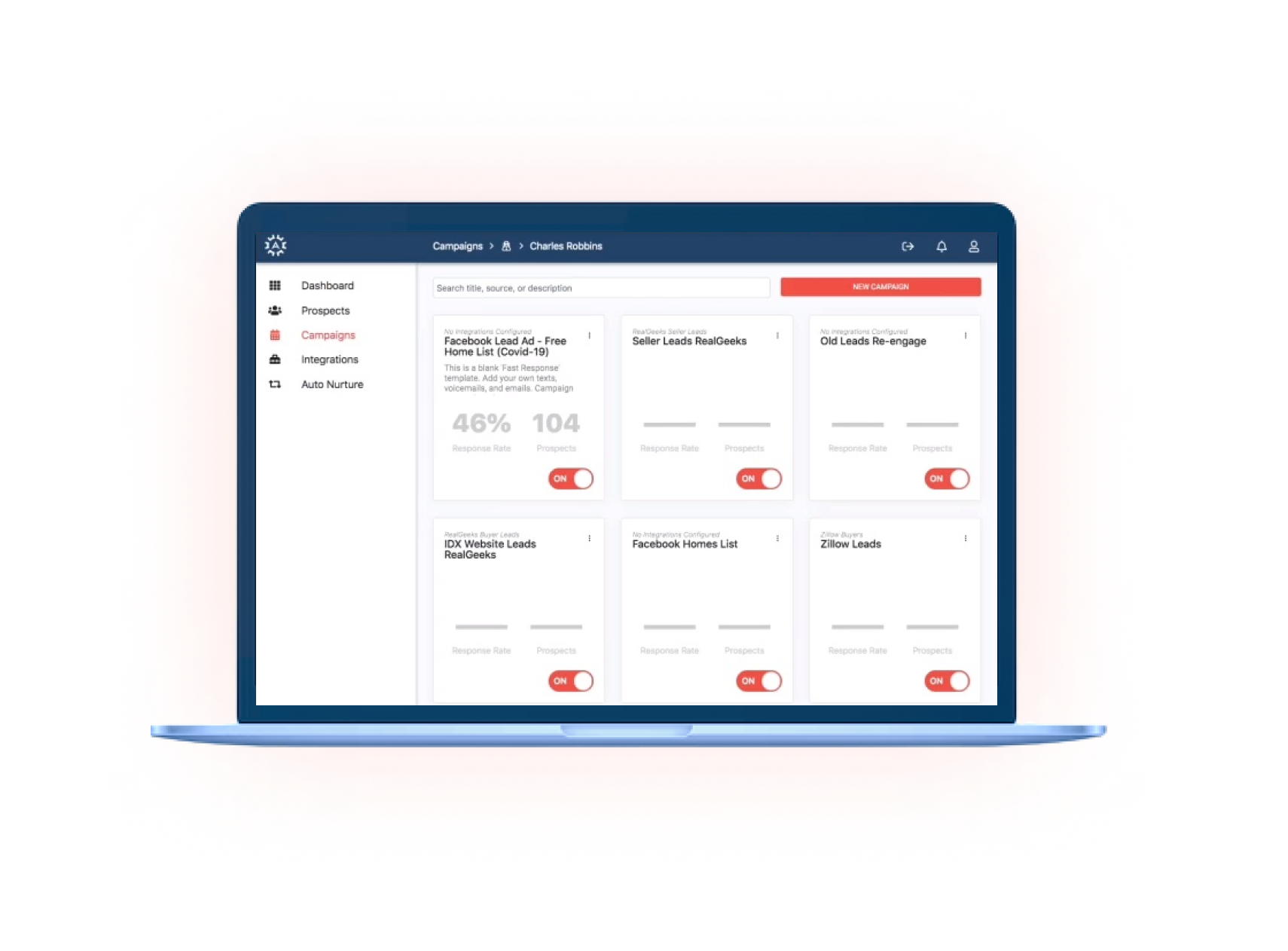Hundreds, if not thousands, of businesses spring up all over the world each and every day. Leads are the lifeblood of all businesses - old and new. These days perhaps, it’s more important than ever before to have a constant stream of leads to work with, and unfortunately the stream can run dry at any moment. The same holds true in the world of real estate.
In a way, leads are similar to a double-edged sword. They may produce fruitful real estate opportunities, but might also result in nothing after putting in valuable time and resources.
This is why understanding the lead management process matters if you hope to be successful. After all, what real estate agent doesn’t want more efficiency while chasing down leads?
If you’re looking to minimize time and effort while maximizing results, keep reading. Below, we’ll cover the 7 crucial steps in the real estate lead management process.
1. Capture Inbound Leads
To understand this step, we must first take a moment to understand what inbound leads are. Real estate inbound leads are leads that initiate contact with your agency directly. This might occur through your social media posts, search engine optimization, blogs, referrals, or simply by word of mouth. For outbound leads you chase, for inbound leads you wait.
To capture inbound leads, the primary tools used include forms and lead flows. Both tools are valuable because they capture identifying information (e.g. names, emails, age, numbers, etc.) for the leads that are interested in your website.

Chances are, your website already has a “Contact Us” page where your leads can put in their information. These pages are a type of form.
There are also lead flows which most often only ask for one type of identifying information, and it’s typically emails. These emails are just enough for you to track a lead in a CRM tool, but they must be utilized to gather additional information as quickly as possible because you can’t sell property with just an email address.
2. Lead Categorization
Once you’ve successfully captured inbound leads, the next step is to categorize them. Information such as gender, age, language, general location, industry, and more can be used to separate inbound leads into smaller, easier to digest categories.
Remember, whatever information you have at this point comes from the forms or lead flows that your inbound link has already filled out. The characteristics may be vague or broad initially, but will narrow down as you reflect and revise your forms in the future.
You may also choose to expand the amount of categories as you learn more about your inbound leads. Lead categorization is crucial for the next step and speeding up the lead management process as a whole.
3. Assigning The Leads to the Right Agents
Your team might be full of superstars, but each agent has unique traits and skills that set them apart. Once categorized, assign your inbound leads to the agents that you believe will be most suitable for each category. Distributing leads by language, region, industry, interest-level, and so on, can serve to form better relationships with clients.

In the lead management process, it is important to let your agents utilize their strongest skills and assets.
4. Updating the Lead Information
After lead assignment, agents will have the opportunity to engage in real estate text messaging, calls, or other correspondence with their leads. This can produce valuable information about who these people are and what they are looking for.
As your agents work through each inbound lead, it is imperative that they frequently update the lead Information in your CRM. The more information you have on a lead, the more likely you’ll see a current or future conversion.
Even if an initial lead ends up being a dead end, there will be opportunities to re-target that lead with future campaigns. Utilizing a quality CRM tool and properly training your agents on the tool will help to make this step go more smoothly.
5. Qualifying Leads
Now that your team has updated contact information and other critical data on each inbound lead, it is time to categorize them again. This time, you’ll be categorizing between qualified and unqualified leads. Qualified leads are those that you’ve determined likely to yield conversions. Unqualified leads are those that you’ve determined likely to be dead ends (at the current moment). To separate your inbound leads, you’ll first need to create a lead qualification list with the qualities of your ideal inbound lead.

6. Lead Follow Up
Regular lead follow ups serve to remind leads that you are there while giving them an opportunity to be heard. By qualifying leads into the two categories mentioned above, your team will know which ones to pursue first. By focusing on qualified leads first, your business or team can reduce wasted time and resources while increasing conversion rates. That’s a win-win situation, and should not be understated. Save the unqualified leads for downtime or at least once all qualified leads have been managed.
7. Lead Conversion
The last, and most rewarding step, is to drive it home and turn your qualified inbound leads into conversions. A lead conversion essentially turns a lead into a paying account or opportunity for the business to yield income. Once a lead conversion occurs, your agent will initiate the sales process for the client, and they can either move onto the next one, start carving away at the unqualified list, or start seeking out new leads to work with.
Benefiting From Automated Lead Follow Ups
Even when narrowing down leads with these seven steps, pursuing qualified leads takes time and effort. Prompt responses are critical and necessary if you want to beat your competitors. That said, there’s nothing better than automated lead follow ups.
Automation tools such as Agent Legend can help you manage more leads faster, and increase your conversion rates to boot. Automation is the future and we’re ready to assist. Want to learn more? Click here to get started for free.


